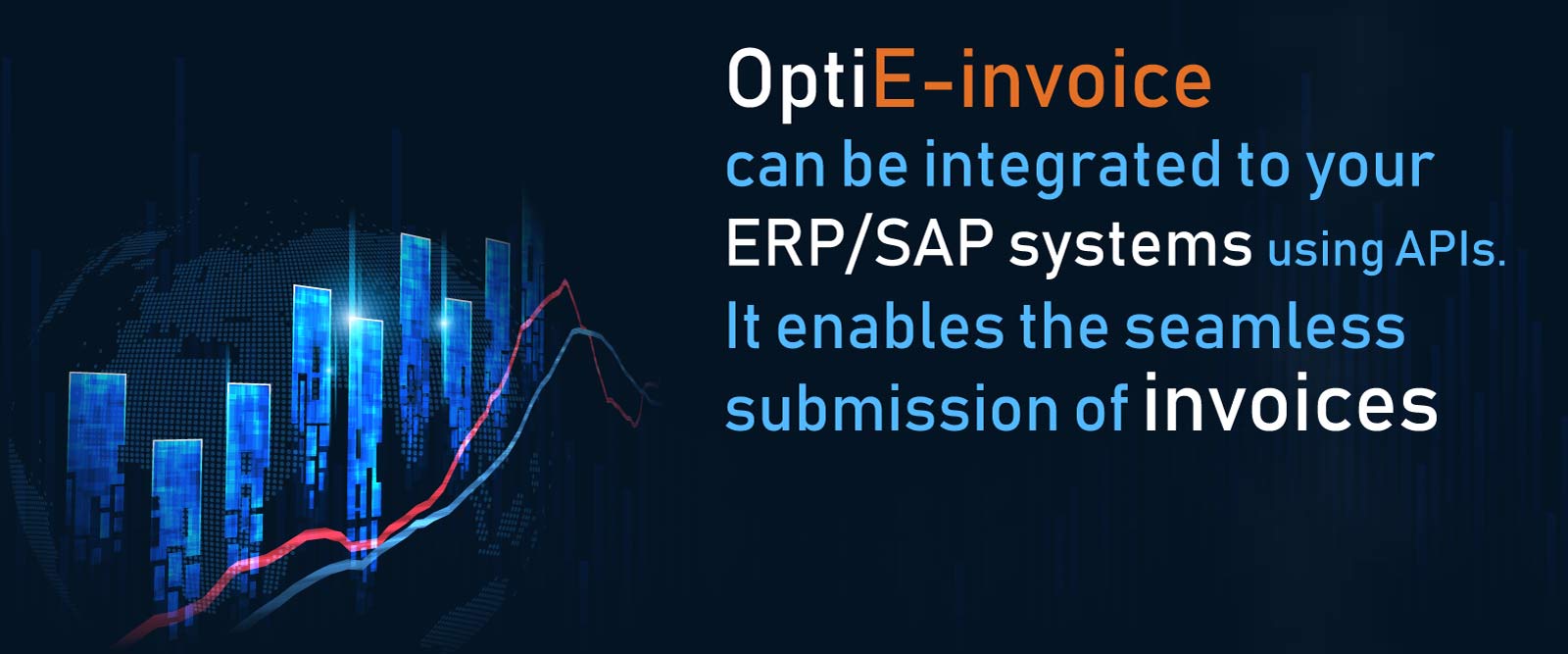What is E-Invoice?
This is one of the major questions from the business users across the industries now a day.
Majority of the people think that e-invoice will replace their existing tax invoices and will get generated in a centralised government portal. Also they will have to face unnecessary restrictions by law on the way the business is been executed currently.
One of the purposes of introducing e-Invoice by government is to ensure interoperability between systems in the GST eco system, i.e. that the generation of invoice in a standard format so that invoice generated on one system can be read by another system. For e.g. an invoice generated in SAP ERP cannot be read/ understood by Microsoft dynamics. So there should be a common standard to be followed by which the same can be achieved. This doesn’t mean that the current process of invoice generation will get changed or stopped.

There will be no changes in the current business process flow, i.e. Sales order, delivery, billing, and account posting remains the same. The invoices will have to be generated in their current ERP system or accounting software in the same way as how it is been done today. Once the Invoice is generated, the invoice number along with the invoice details should be send to the government portal which is known as IRP (Invoice Registration Portal). As the name indicates, the IRP portal does the registration/ storing of the invoice details in a centralised repository, which can be accessed by the GSTN portal as well as the e-Way Bill portal. Once the details are successfully registered, the IRP portal generates an IRN number which is the hash of the GSTN number, Invoice Number, Invoice type and the financial year using SHA-256 algorithm.
The information entered on the IRP will expire after 24 hours of entry. The registered and verified invoices will get automatically uploaded into the respective GSTN portal and it will be there made available as ANX-1 of the seller and ANX-2 of the buyer thus eliminating the need of manual data entry and transcription errors. It also reduces the paper usage as well as generation of fake invoices in the GST portal can be avoided. The generation of invoice as well as compliance reporting will become part of the business itself. Once fully rolled out, GST System will prepare the Return where only few details like B2C sales, imports etc. will have to be filled by taxpayer along with taxes paid details.
Share this Post











